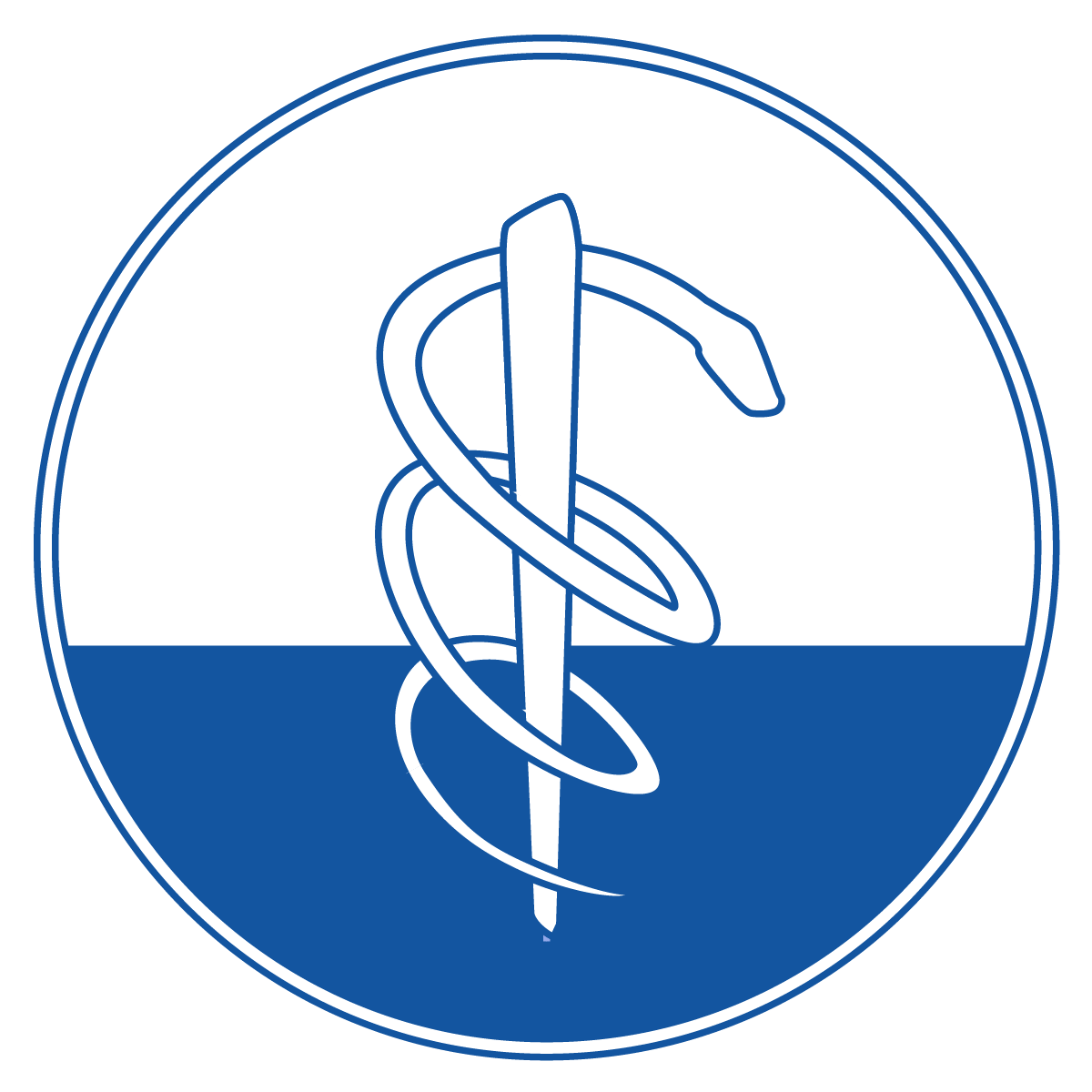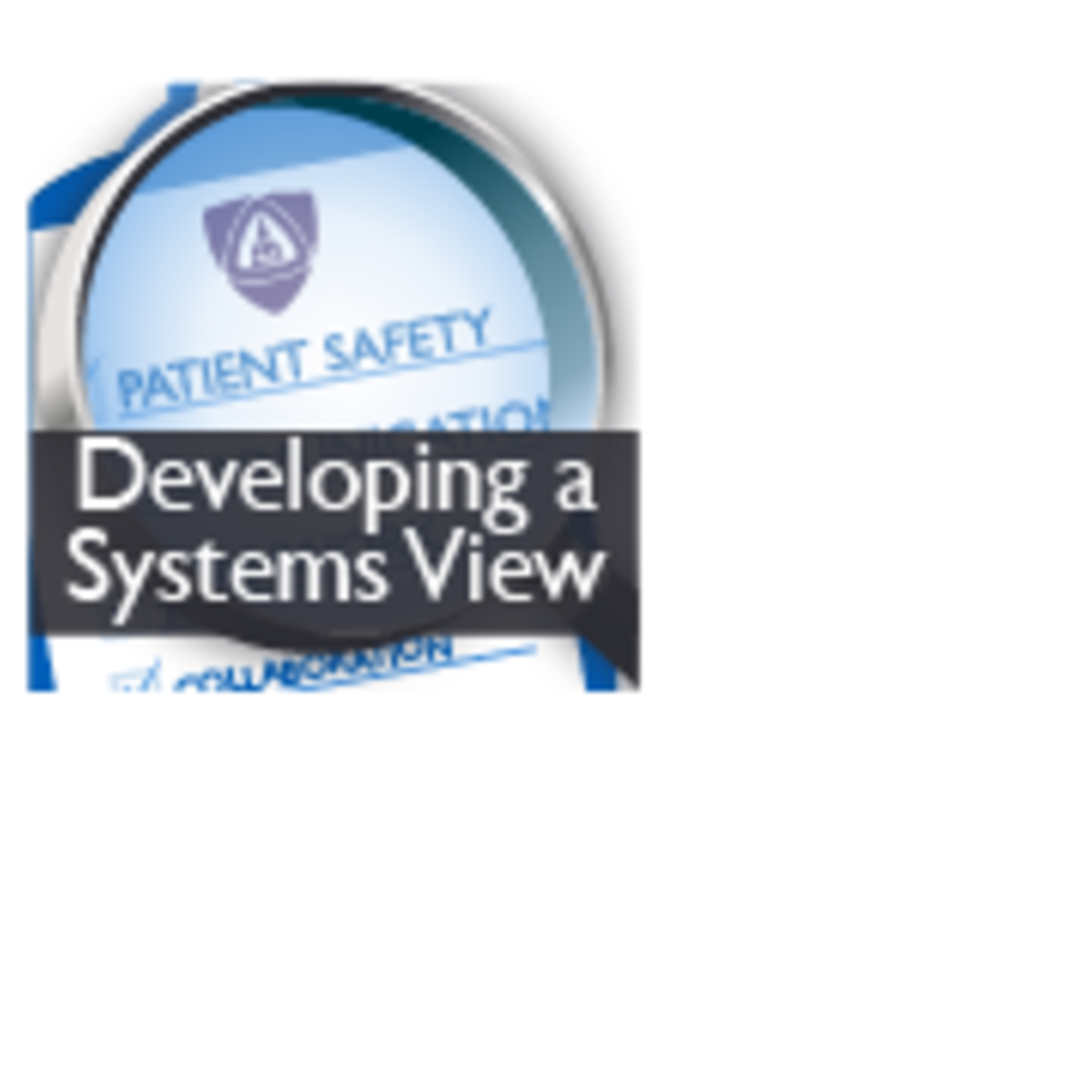Back to Courses









Life Sciences Courses - Page 59
Showing results 581-590 of 644

Synapses, Neurons and Brains
These are very unique times for brain research. The aperitif for the course will thus highlight the present “brain-excitements” worldwide. You will then become intimately acquainted with the operational principles of neuronal “life-ware” (synapses, neurons and the networks that they form) and consequently, on how neurons behave as computational microchips and how they plastically and constantly change - a process that underlies learning and memory. Recent heroic attempts to realistically simulate large cortical networks in the computer will be highlighted (e.g., “the Blue Brain Project”) and processes related to perception, cognition and emotions in the brain will be discussed. For dessert we will deliberate on the future of brain research, including the questions of “brain and art”, consciousness and free will. For more information see the course promo below and read “About the course.”

Symptom Management in Palliative Care
This course should be taken after the Essentials of Palliative Care course and continues building your primary palliative care skills – communication, psychosocial support and goals of care. You will learn how to screen, assess, and manage both physical and psychological symptoms. You will explore common symptoms such as pain, nausea, fatigue, and distress and learn specific treatments. You will continue to follow Sarah and Tim’s experience and learn cultural competencies critical for optimal symptom management.
Stanford Medicine is jointly accredited by the Accreditation Council for Continuing Medical Education (ACCME), the Accreditation Council for Pharmacy Education (ACPE), and the American Nurses Credentialing Center (ANCC), to provide continuing education for the healthcare team. Visit the FAQs below for important information regarding 1) Date of original release and Termination or expiration date; 2) Accreditation and Credit Designation statements; 3) Disclosure of financial relationships for every person in control of activity content.

Value-Based Care: Population Health
COURSE 2 of 7. This course is designed to introduce you to the concept of population health and related key terms. Refine your understanding of population health and what influences health care costs. Gain an overview of population health management, beginning with a high-level review of four critical areas: addressing behavioral and social determinants of health, the prevalence of chronic disease, attributes of an aging population, and key barriers of access to health care. Use the Population Health Pyramid to organize a care delivery system to meet the needs of population groups—all with an eye towards achieving better outcomes through the fundamental premise of value-based care. In the summative assignment, bring together the elements of a community health assessment and community health improvement plan into a logical and organized whole by selecting a particular community that is important to you, applying data, and determining relevant assets.

Bioinformatics Capstone: Big Data in Biology
In this course, you will learn how to use the BaseSpace cloud platform developed by Illumina (our industry partner) to apply several standard bioinformatics software approaches to real biological data.
In particular, in a series of Application Challenges will see how genome assembly can be used to track the source of a food poisoning outbreak, how RNA-Sequencing can help us analyze gene expression data on the tissue level, and compare the pros and cons of whole genome vs. whole exome sequencing for finding potentially harmful mutations in a human sample.
Plus, hacker track students will have the option to build their own genome assembler and apply it to real data!

Medical Technology and Evaluation
Innovations in medical technologies are one of the leading areas of economic growth in the world. Whether new technologies take the form of pharmaceutical, medical device, biotechnology, information technology of some combination of these innovations, the opportunities for both private enterprise and social welfare are substantial. However, these innovations are not without cost, and require reimbursement from either a privately or publicly financed health care delivery system to enter the marketplace.
This course aims to provide knowledge of the concepts, data, and methodology required to critically evaluate new medical technologies in order to secure financial investment, reimbursement, and regulatory compliance objectives, such as FDA approval. The course is designed to provide understanding of the analytic tools needed to evaluate medical technologies. After completing this course, students will have the skills needed to:
- Understand the reimbursement systems financing medical technology use.
- Understand the role of government and regulatory agencies in the development and use of new medical technologies.
- Identify a population to be served by a medical technology.
- Use health care data to evaluate a medical technology.
- Perform cost/benefit and cost/effectiveness analysis of a new technology.

Environmental Hazards and Global Public Health
The second course of the Impacts of the Environment on Global Public Health specialization will explore a number of different environmental hazards. These are: air pollution, water pollution, solid and hazardous waste, and two physical hazards (radon and noise). These hazards each have the potential to harm human health, and we will explore how you may come into contact with these hazards and how they may harm you, as well as what we can do to minimize these exposures and health impacts. We will also explore two additional key topics: urban and global health, and the influence of the built environment on human health.

Medical Emergencies: Airway, Breathing, and Circulation
In this course, you will develop the knowledge and skills to assess and stabilize certain types of patients for transport. By the end of this course, you will be able to: 1) assess a basic medical patient 2) describe general pharmacologic principles and the skills associated with medication administration, 3) explain airway physiology, the assessment of the airway and available interventions for airway management, 4) identify, assess and formulate a plan to stabilize a patient with a respiratory emergency for transport, and 5) identify, assess and formulate a plan to stabilize a patient with a cardiovascular emergency for transport. 6) describe the most common neurologic and endocrine emergencies and what you can do for them as an EMT.

Patient Safety and Quality Improvement: Developing a Systems View (Patient Safety I)
In this course, you will be able develop a systems view for patient safety and quality improvement in healthcare. By then end of this course, you will be able to: 1) Describe a minimum of four key events in the history of patient safety and quality improvement, 2) define the key characteristics of high reliability organizations, and 3) explain the benefits of having strategies for both proactive and reactive systems thinking.

Leadership for Cancer Informatics Research
Informatics research often requires multidisciplinary teams. This requires more flexibility to communicate with team members with distinct backgrounds. Furthermore, team members often have different research and career goals. This can present unique challenges in making sure that everyone is on the same page and cohesively working together. This course aims to provide research leaders with guidance about:
How to effectively lead and support team members on informatics projects
How to perform informatics projects well
How to support informatics collaborators, mentees, and employees
How to better support diversity within your team
Tools that can help you perform informatics projects well
Target audience:
The course is intended for researchers who lead research teams or collaborate with others to perform multidisciplinary work. We have especially aimed the material for those with moderate to no computational experience who may lead or collaborate with informatics experts. However this material is also applicable to informatics experts working with others who have less computational experience.
Curriculum:
We will provide you with an awareness for the specific challenges that your informatics collaborators, employees, and mentees might face, as well as ways to mitigate these challenges. By creating a better work environment for your informatics research team, you will ultimately improve the potential impact of your work.
We will also discuss the major pitfalls of informatics research and discuss best practices for performing informatics research correctly and well, so that you can get the most out of your informatics projects.
This course is part of a series of courses for the Informatics Technology for Cancer Research (ITCR) called the Informatics Technology for Cancer Research Education Resource. This material was created by the ITCR Training Network (ITN) which is a collaborative effort of researchers around the United States to support cancer informatics and data science training through resources, technology, and events. This initiative is funded by the following grant: National Cancer Institute (NCI) UE5 CA254170. Our courses feature tools developed by ITCR Investigators and make it easier for principal investigators, scientists, and analysts to integrate cancer informatics into their workflows. Please see our website at www.itcrtraining.org for more information.

Biohacking Your Brain's Health
With deteriorating health, particularly brain health, occurring at a global level, this course introduces you to methods for maximizing your brain's fitness through nutrition, exercise, meditation, and sleep. We'll debunk popular myths about prescribed practices for overall health and then uncover studies from the last few decades revealing practical routines and interventions that are proven to help improve the brain. You'll also get a glimpse at the brain's structure and common brain functions, as well as a "prescription" each week of tips for improving your brain's health.
